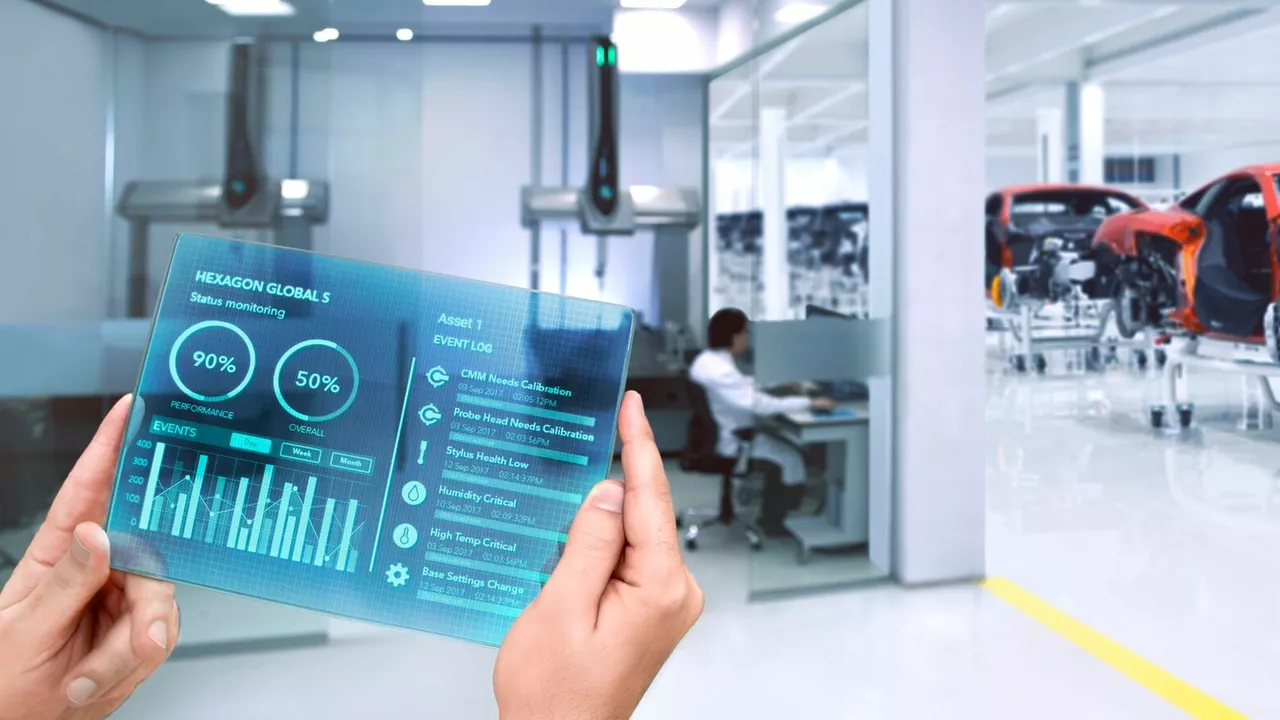Archive: 2023/07
Will China develop its own semiconductor equipment industry?
Oh boy, get ready for this tech-savvy roller coaster! So, it seems like China is all set to take a leap into the deep blue sea of semiconductor equipment industry. You heard me right, folks! They're not just happy with their mighty Great Wall, now they're ready to construct an electronic one too! With their relentless drive, China could very well develop its own semicon industry, and who knows, maybe the next "Silicon Valley" might be the "Silicon Wall"! Ha, wouldn't that be something?
What is OEE mean for manufacturing?
In my understanding, OEE, or Overall Equipment Effectiveness, is a key metric in the manufacturing industry. It measures the effectiveness of a manufacturing process by combining metrics of equipment availability, performance efficiency, and quality of output. Essentially, it helps identify areas that need improvement to boost productivity. So, when we talk about OEE, we're talking about a crucial tool for improving manufacturing efficiency. It's all about getting the most out of your manufacturing equipment.
What is depreciation, types of depreciation?
Depreciation is basically the decrease in value of an asset over time due to wear and tear, age, or obsolescence. It's an important concept in accounting and finance, used to account for the gradual loss of value of assets. There are several types of depreciation, including straight-line, declining balance, and sum-of-the-years' digits. Straight-line is the simplest and most commonly used method, where the cost of the asset is divided over its useful life. Declining balance and sum-of-the-years' digits are more complex but can provide a more accurate reflection of an asset's value over time.



